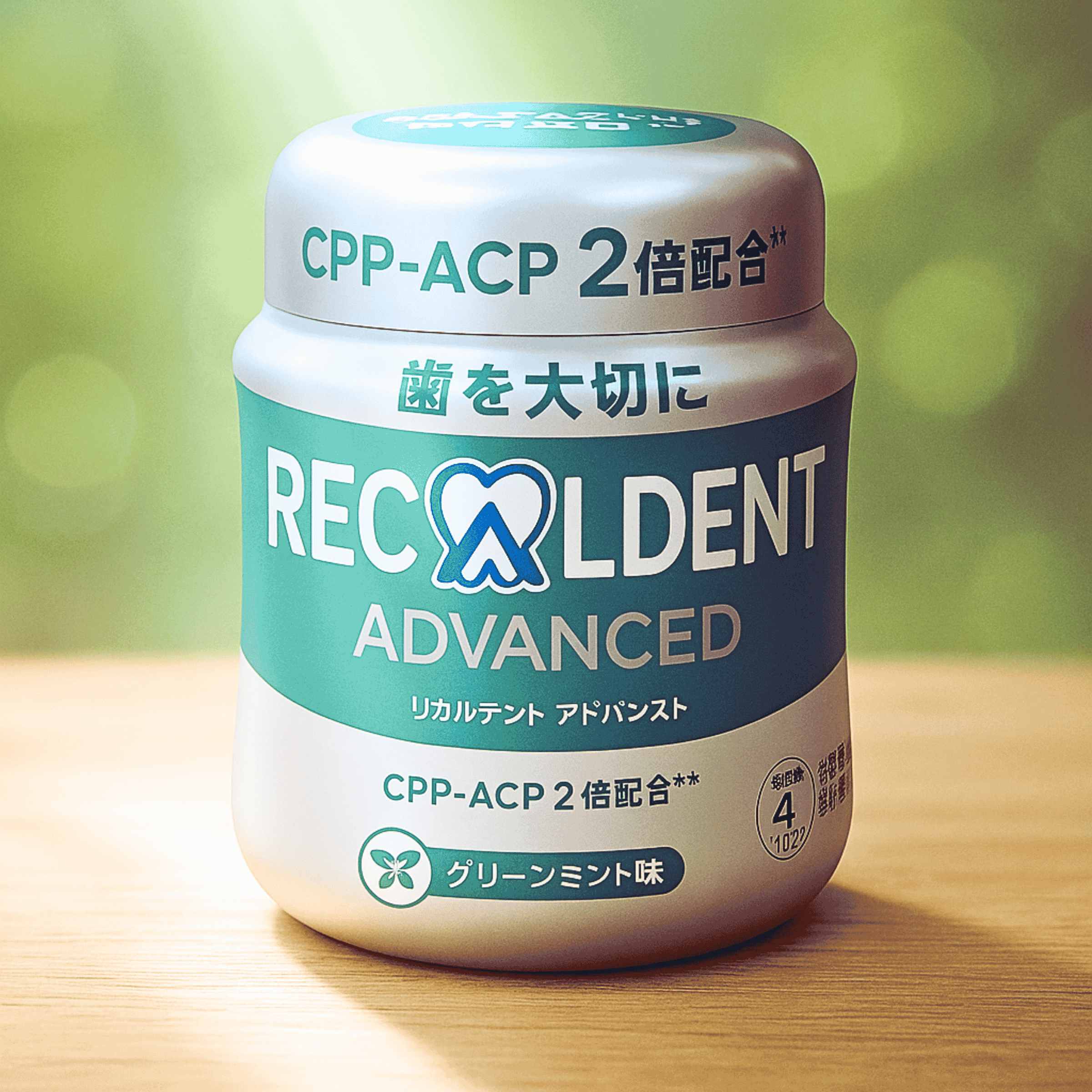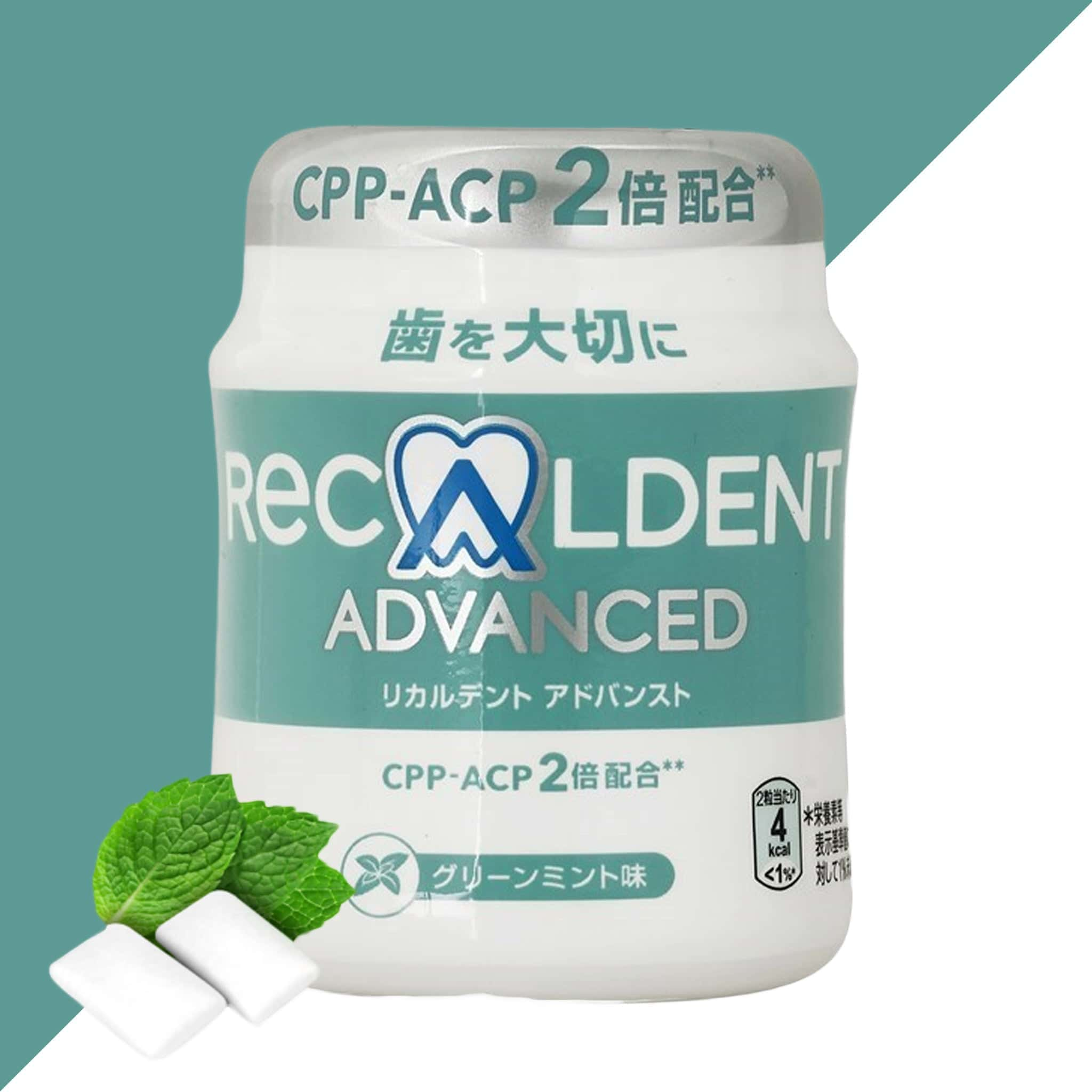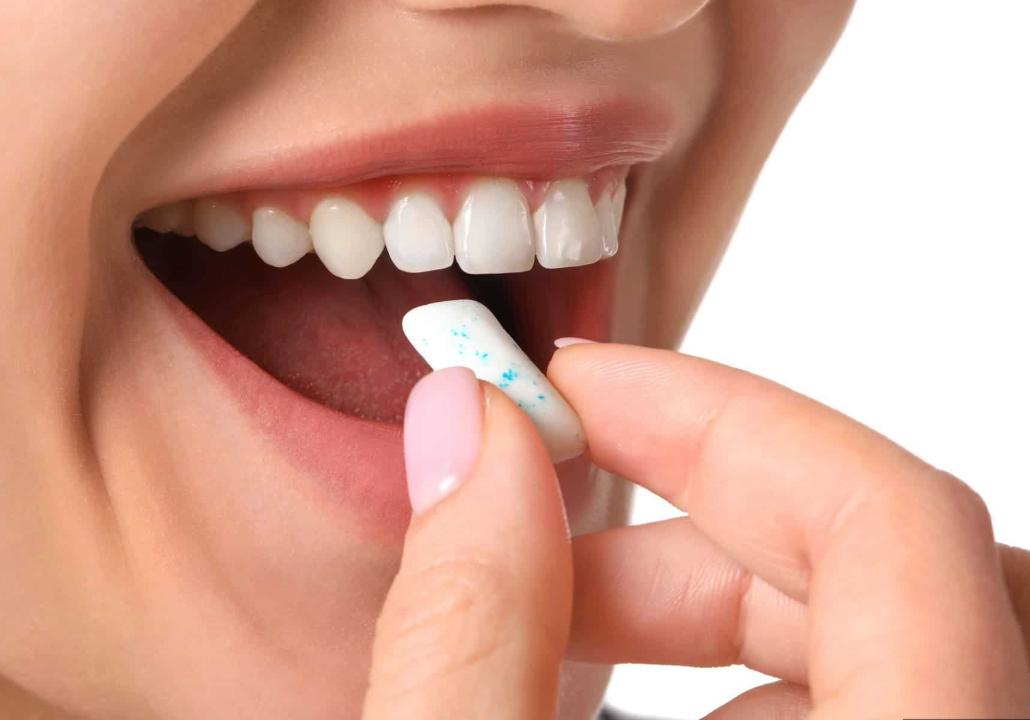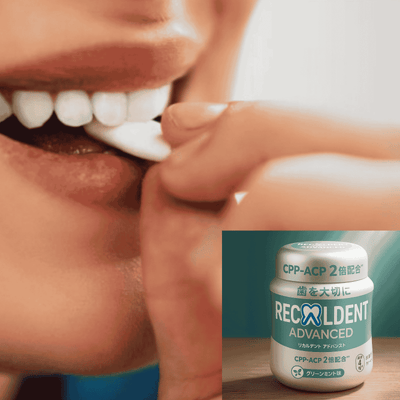Recaldent Gum was developed through a significant and long-running research project at the University of Melbourne, Australia, led by Professor Eric Reynolds. The story of its development is a great example of how academic research can lead to a widely commercialised product with a major public health impact.
Here's a step-by-step breakdown of how it came to be:
1. The Initial Problem:
In the 1980s, while fluoride had made a huge difference in reducing tooth decay, it was still a major public health issue. Researchers wanted to find new ways to repair and protect teeth, specifically by remineralising enamel that had been demineralised by acid. The main challenge was that calcium and phosphate, the building blocks of teeth, are naturally insoluble. The researchers needed to find a way to deliver these minerals to the tooth surface in a practical and effective way.
2. The "Eureka" Moment (with Milk):
The team, led by Professor Reynolds, looked to nature for a solution. They knew that dairy products were linked to a lower risk of tooth decay, and they hypothesised that a protein in milk was responsible for this benefit. They focused on casein, the protein that gives milk its white colour and carries calcium phosphate.
3. The Discovery and Isolation of CPP-ACP:
Through their research, they were able to isolate and identify the specific part of the casein protein that has the unique ability to bind to and stabilise calcium and phosphate, keeping them in a soluble, "amorphous" state. This new complex was named Casein Phosphopeptide–Amorphous Calcium Phosphate (CPP-ACP). They discovered that this complex could bind to tooth enamel and dental plaque, creating a "reservoir" of bioavailable calcium and phosphate on the tooth surface that could be used to repair teeth and reverse early decay.
4. Commercialisation and Clinical Trials:
Once they had a solid scientific foundation and patented the invention, the university's commercial arm worked to find industry partners. The project received funding from the Australian government and collaborated with both the university's dental school and a local dairy company (Bonlac Foods). They developed a way to produce the CPP-ACP material on a large, commercial scale from Australian dairy milk.
The first major commercial application was in chewing gum. A large-scale, randomised clinical trial was conducted in Victoria, Australia, involving thousands of school children. The study found that chewing a sugar-free gum containing CPP-ACP significantly slowed the progression of and even reversed early signs of tooth decay compared to a regular sugar-free gum. This solidified the gum's efficacy and led to its widespread adoption.
5. Global Success:
The technology, trademarked as Recaldent®, was first licensed to companies like Warner-Lambert (now Mondelez International). The gum became a huge success globally, particularly in countries like Japan and the UK, and was eventually incorporated into other products, including toothpastes, mouthwashes, and the popular dental cream, Tooth Mousse.
The development of Recaldent Gum is a prime example of a long-term research project that went from a basic scientific discovery to a commercial product that has been shown to have a significant positive impact on global public health.




















